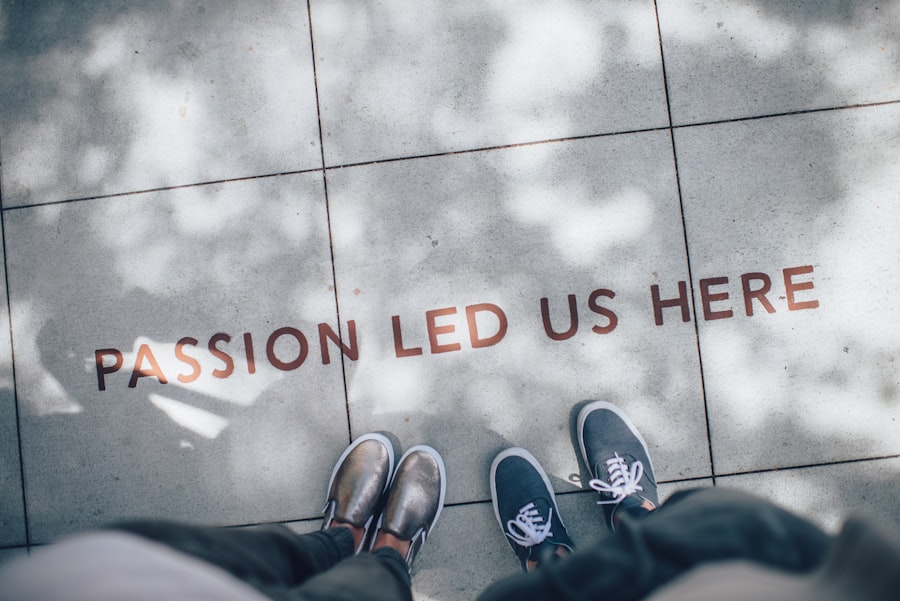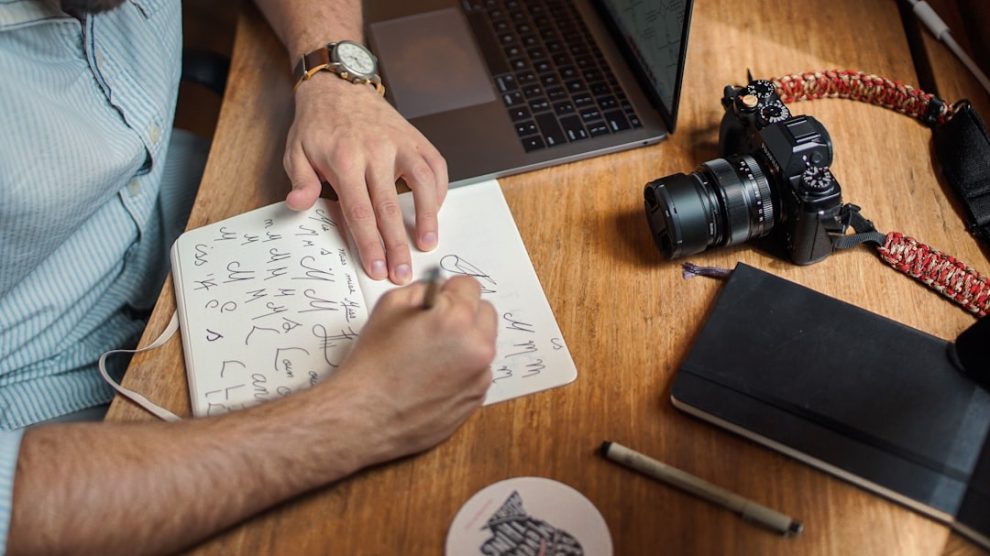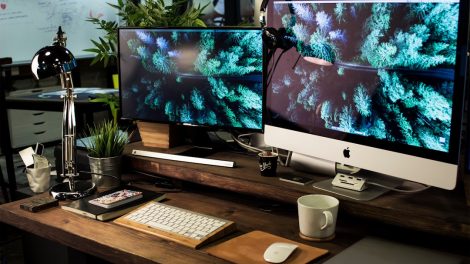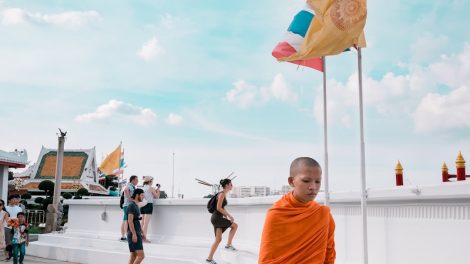The concept of flow, often described as a state of complete immersion and engagement in an activity, has garnered significant attention in both psychological and creative circles. Coined by psychologist Mihaly Csikszentmihalyi, flow is characterized by a sense of effortless involvement, where individuals lose track of time and self-consciousness while fully concentrating on the task at hand. This state is not merely about being productive; it is about experiencing joy and fulfillment in the process of creation.
When in flow, individuals often report heightened creativity, improved performance, and a deep sense of satisfaction. The conditions that foster flow include a balance between challenge and skill, clear goals, immediate feedback, and a sense of control over the activity. Flow can manifest in various creative endeavors, from painting and writing to coding and designing.
For instance, a musician may enter a flow state while composing a piece, losing themselves in the rhythm and melody, while a writer might find themselves typing furiously as ideas pour onto the page. The experience is often described as transcendent, where the boundaries of self dissolve, and the individual becomes one with their work. Understanding flow is crucial for anyone looking to enhance their creative output, as it provides insights into how to structure tasks and environments that promote this optimal state of engagement.
Key Takeaways
- Flow is a state of complete immersion and focus in an activity, leading to increased creativity and productivity.
- Taoism emphasizes the importance of embracing change and adapting to the natural flow of life, which can enhance creativity.
- Mindfulness can help cultivate creativity by promoting awareness and presence in the creative process.
- Balancing effort and ease is essential in creative work, as pushing too hard can stifle creativity while being too relaxed can lead to complacency.
- Taoist principles can be applied to problem-solving and innovation by encouraging a flexible and holistic approach.
The Role of Taoism in Creativity
The Power of Simplicity and Authenticity
Taoism encourages individuals to embrace simplicity and authenticity, allowing creativity to emerge organically rather than through forceful effort. This perspective aligns closely with the concept of flow, as both emphasize the importance of being present and attuned to the moment.
Attuning to the Rhythms of Nature
In Taoist thought, creativity is not merely an individual endeavor but a process that involves attuning oneself to the rhythms of nature and the universe. For example, the practice of wu wei, or “non-action,” suggests that one should not strive against the natural flow of life but rather align with it.
Trusting Instincts and Embracing Spontaneity
This principle can be applied to creative work by encouraging artists and innovators to trust their instincts and allow ideas to develop naturally. By relinquishing control and embracing spontaneity, individuals can tap into deeper reservoirs of creativity that might otherwise remain inaccessible.
Cultivating Creativity through Mindfulness

Mindfulness, the practice of being fully present and aware in the moment without judgment, plays a pivotal role in enhancing creativity. By cultivating mindfulness, individuals can quiet their inner critic and create space for new ideas to emerge. This practice encourages a non-reactive awareness that allows for greater observation and appreciation of one’s thoughts and surroundings.
When individuals engage in mindfulness techniques such as meditation or focused breathing, they can reduce anxiety and distractions that often stifle creative expression. For instance, a painter might practice mindfulness by spending time observing their environment before beginning a new piece. This observation can lead to unexpected inspirations drawn from the colors, shapes, and movements around them.
Similarly, writers can benefit from mindfulness by taking moments to reflect on their thoughts without judgment, allowing their narratives to unfold more naturally. By integrating mindfulness into their creative routines, individuals can foster an environment where creativity flourishes, leading to richer and more authentic expressions of their artistic visions.
Embracing Change and Adaptability in the Creative Process
Creativity is inherently linked to change and adaptability. The creative process often involves navigating uncertainty and embracing new ideas that may challenge existing paradigms. In this context, adaptability becomes a vital skill for artists and innovators alike.
The ability to pivot in response to new information or feedback can lead to breakthroughs that would not have been possible through rigid adherence to initial plans. Embracing change allows creators to explore uncharted territories within their work, leading to innovative solutions and fresh perspectives. For example, consider a filmmaker who initially envisions a specific storyline but finds that the actors bring unexpected dynamics to their characters during rehearsals.
By remaining open to these changes and adapting the script accordingly, the filmmaker may discover a more compelling narrative that resonates with audiences on a deeper level. Similarly, in product design, teams that are willing to iterate based on user feedback often produce more successful outcomes than those that cling stubbornly to their original concepts. This adaptability not only enhances creativity but also fosters resilience in the face of challenges.
Balancing Effort and Ease in Creative Work
The balance between effort and ease is a crucial aspect of the creative process that can significantly impact outcomes. While dedication and hard work are essential components of any creative endeavor, excessive striving can lead to burnout and hinder the flow state necessary for optimal creativity. Taoist philosophy emphasizes the importance of finding harmony between these two forces—effort should be applied judiciously while allowing for moments of ease and relaxation.
For instance, an author may set aside dedicated writing time each day but also recognize when they need to step back and recharge. This balance allows for periods of intense focus interspersed with moments of rest that can lead to renewed inspiration. In contrast, an artist who forces themselves to create without breaks may find their work becomes stale or uninspired.
By understanding when to push forward and when to let go, creators can cultivate a sustainable practice that nurtures their artistic spirit over time.
Applying Taoist Principles to Problem-Solving and Innovation

Embracing Collaboration in Business Settings
For example, in business settings, teams that embrace Taoist principles may prioritize collaboration over competition, fostering an environment where diverse perspectives are valued. This collaborative spirit can lead to innovative solutions that arise from collective brainstorming rather than individualistic approaches.
Addressing Root Causes through Holistic Strategies
Additionally, by recognizing that problems are often interconnected within larger systems, teams can develop holistic strategies that address root causes rather than merely treating symptoms.
Unlocking Innovation through Flexibility and Intuition
By adopting a mindset that values flexibility and intuition over rigid logic, creators can unlock new pathways for innovation that might otherwise remain hidden.
Nurturing Creativity through Connection with Nature
Nature has long been recognized as a powerful source of inspiration for creativity. The tranquility and beauty found in natural environments can stimulate imaginative thinking and provide clarity amidst chaos. Taoism emphasizes the importance of connecting with nature as a means of aligning oneself with the rhythms of life.
This connection fosters a sense of peace that can enhance creative expression. For instance, many artists find that spending time outdoors—whether hiking in the mountains or strolling through a park—can spark new ideas and rejuvenate their creative energy. The sights, sounds, and textures of nature serve as rich sources of inspiration that can inform artistic choices.
Furthermore, engaging with nature encourages mindfulness; by immersing oneself in the present moment outdoors, individuals can cultivate awareness that translates into their creative work.
Integrating Taoist Philosophy into Organizational Creativity and Innovation
Organizations seeking to foster creativity and innovation can benefit significantly from integrating Taoist philosophy into their cultures. By promoting principles such as collaboration, adaptability, and mindfulness within teams, organizations can create environments conducive to creative thinking. Encouraging employees to embrace change rather than resist it can lead to more dynamic problem-solving processes.
For example, companies that implement flexible work arrangements allow employees to explore their creativity without the constraints of traditional office environments. By providing spaces for collaboration—such as open offices or brainstorming rooms—organizations can facilitate spontaneous interactions that often lead to innovative ideas. Additionally, incorporating mindfulness practices into workplace routines—such as guided meditation sessions or quiet reflection periods—can help employees cultivate focus and clarity in their work.
In conclusion, integrating Taoist principles into organizational practices not only enhances individual creativity but also fosters a culture of innovation that can drive success in an ever-evolving landscape. By embracing these philosophies, organizations can navigate challenges with grace while nurturing the creative potential within their teams.
FAQs
What is the concept of “flow” in relation to creativity and innovation?
Flow is a state of complete immersion and focus in an activity, where one experiences a sense of energized focus, full involvement, and enjoyment in the process of the activity. In the context of creativity and innovation, flow is seen as a key factor in unleashing one’s full creative potential and generating innovative ideas.
How does the concept of flow contribute to creativity and innovation?
When individuals are in a state of flow, they are able to tap into their creativity more effectively, as they are fully engaged and focused on the task at hand. This heightened state of concentration and enjoyment can lead to increased productivity, problem-solving abilities, and the generation of novel ideas, all of which are essential for innovation.
What are some strategies for achieving flow in the creative process?
Some strategies for achieving flow in the creative process include setting clear goals, receiving immediate feedback, maintaining a balance between the challenge of the task and one’s skill level, eliminating distractions, and finding activities that are intrinsically rewarding and enjoyable.
How can organizations foster a culture of flow to promote creativity and innovation?
Organizations can foster a culture of flow by providing employees with opportunities for autonomy, clear goals, and the resources needed to achieve those goals. Additionally, creating a supportive and collaborative work environment, encouraging risk-taking and experimentation, and recognizing and rewarding creative contributions can all contribute to a culture of flow and innovation.









Add Comment